Name Gustav Krumbiegel | Died February 8, 1956 | |
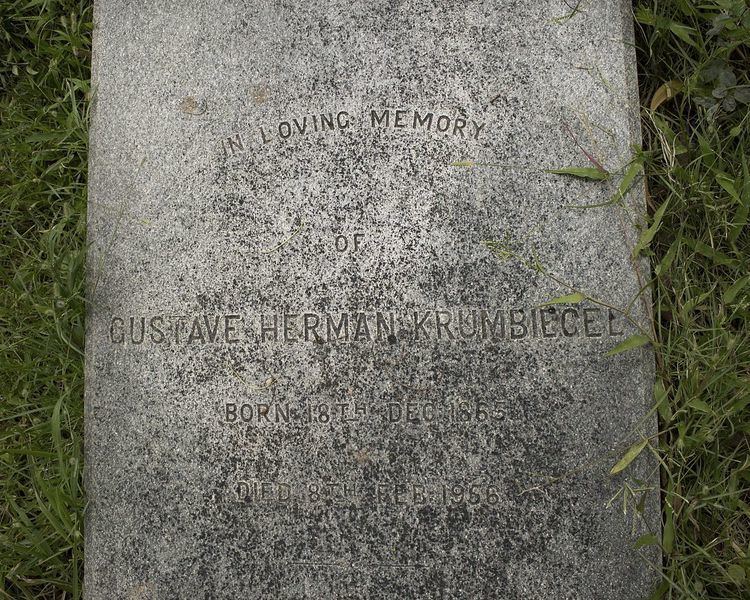 | ||
Gustav Hermann Krumbiegel
Gustav Hermann Krumbiegel (18 December 1865, Lohmen, Kingdom of Saxony - 8 February 1956, Bangalore) was a German botanist and garden designer who was best known for his work at the Lal Bagh Botanical Gardens in Bangalore and for the planning of the avenues of Bangalore.
Contents
- Gustav Hermann Krumbiegel
- Allsettogo with Akshay Kumar up wins The Gustav Hermann Krumbiegel Cup 2018
- Life and work
- Later Years and Honours
- References

Allsettogo with Akshay Kumar up wins The Gustav Hermann Krumbiegel Cup 2018
Life and work

Krumbiegel was born in Lohmen near Dresden, and his early studies were in Wilsdruff and Dresden after which he trained in horticulture in Pillnitz. In 1884 he worked in Schwerin and from 1885 to 1887 he worked as a landscape gardener in Hamburg. In 1888, he moved to England, designing flower beds at Hyde Park and became a staff at the Royal Botanical Gardens in Kew. He then took up a position in 1893 with the princely state of Baroda as Curator of the botanical gardens there. He also worked with the Government Botanical Gardens at Ootacamund and was responsible for redesign of the architecture. In 1908 he was requested by Krishnaraja Wodeyar, the ruler of Mysore to serve him and he succeeded John Cameron at the Lal Bagh Gardens as an economic botanist and superintendent. He introduced numerous plants and was involved in the design of the Brindavan Gardens. He was also involved with the Mysore Horticultural Society that was started in 1912. Although outside his key work area, he was often involved in architectural design. The Dewan of Mysore appointed him as an architectural consultant despite protests from the British Resident in Mysore. During the Second World War, Germans in India were declared as enemies and Krumbiegel was, along with other Germans, held at an internment camp in Bangalore.
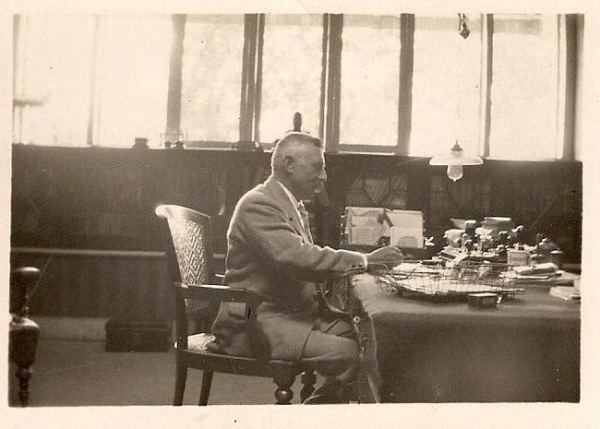
He obtained seeds from other countries and sent collections in return to Kew and the United States of America. These included Indian specialities such as bamboo rice, varieties of rice, mango and others.
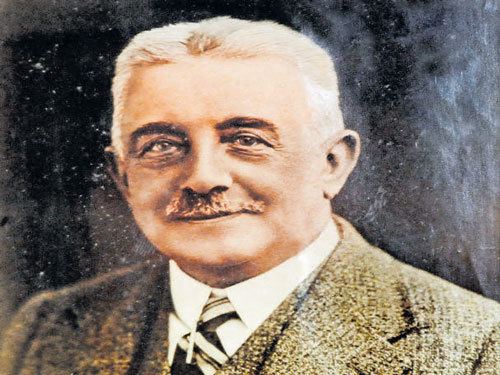
Apart from his work with horticulture and economic botany, he was responsible in the introduction of many ornamental plants and flowering trees and was involved in the choice of avenue trees for Bangalore. The road adjoining the Lal Bagh botanical garden is named after him as Krumbiegel Road.
Later Years and Honours
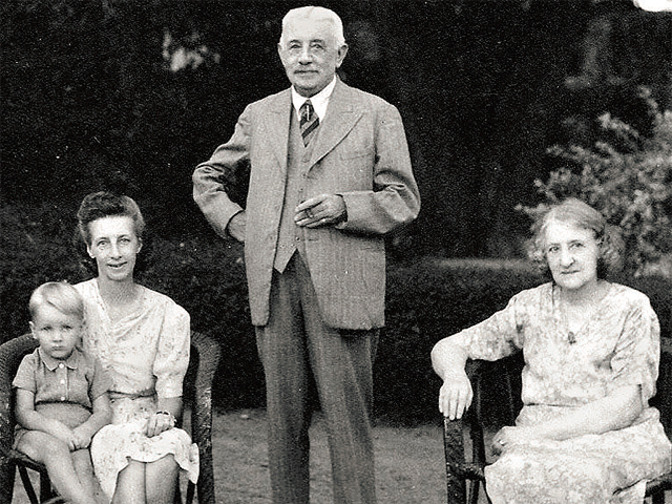
After 1932, Krumbiegel continued to live in Bangalore, working as consulting architect and advisor in town planning and horticulture, till his death in 1956. He was buried at the Methodist cemetery on Hosur Road, Bangalore.

The Krumbiegel Road, located between Lalbagh and Mavalli is named after him. Suresh Jayaram wrote a book on his life named as GH Krumbiegel: Whatever he touched, he adorned, which traces his life journey and legacy in Bangalore.
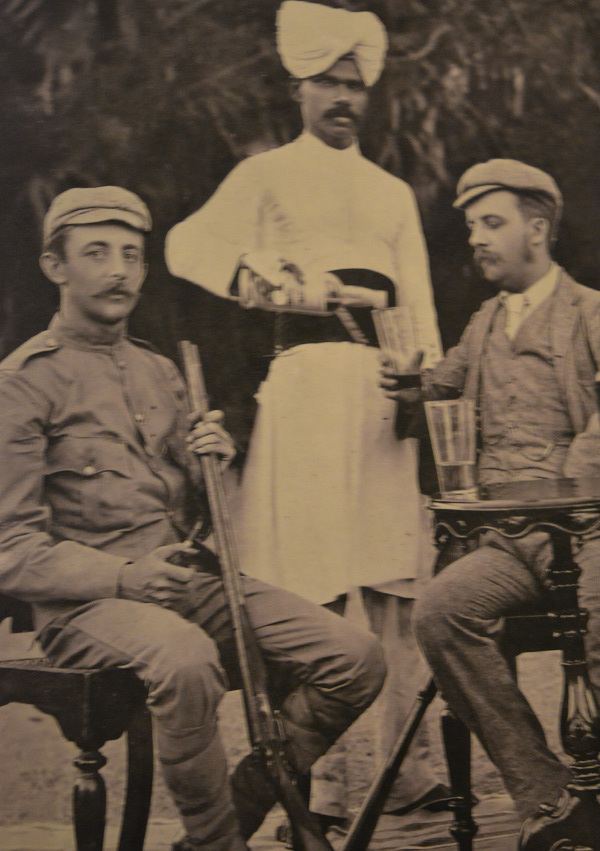
In 2016, 60 years after his death, Krumbiegel's grave was given a facelift by the government of Karnataka in honour of his contributions.
